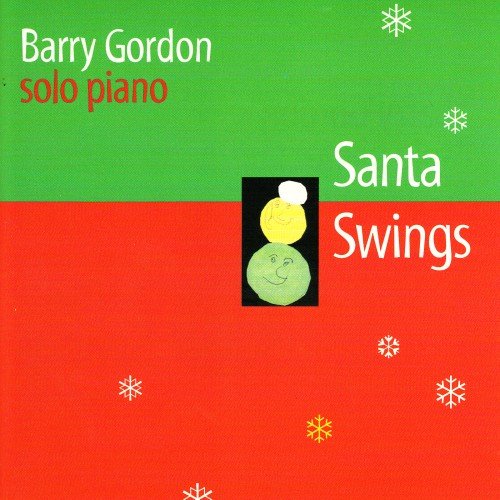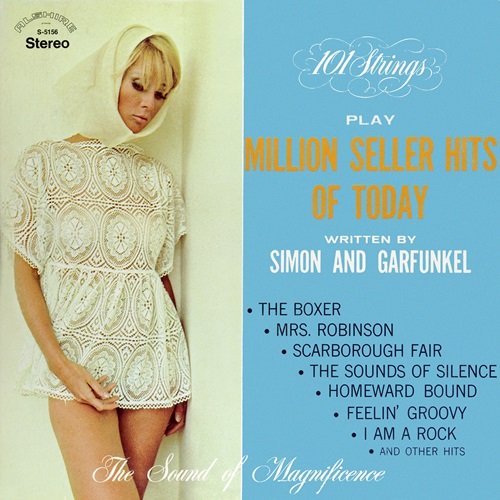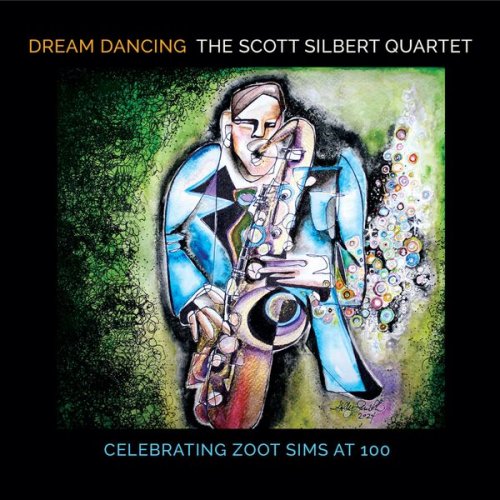Ensemble Avantgarde, Deutsches Symphonie-Orchester Berlin, Michael Morgan - Morton Feldman - Durations I-V / Coptic Light (1997)

Artist: Michael Morgan, Ensemble Avantgarde, Deutsches Symphonie-Orchester Berlin
Title: Morton Feldman - Durations I-V / Coptic Light
Year Of Release: 1997
Label: CPO
Genre: Classical
Quality: FLAC (tracks)
Total Time: 01:04:07
Total Size: 264 Mb
WebSite: Album Preview
Tracklist: Title: Morton Feldman - Durations I-V / Coptic Light
Year Of Release: 1997
Label: CPO
Genre: Classical
Quality: FLAC (tracks)
Total Time: 01:04:07
Total Size: 264 Mb
WebSite: Album Preview
1. Durations I (1960) for alto flute, piano, violin, violoncello 10:29
2. Durations II (1960) for violoncello and piano 4:10
Durations III (1961) for violin, tuba and piano (10:47):
3. Slow 2:58
4. Very Slow 3:57
5. Slow 2:35
6. Fast 1:17
7. Durations IV (1961) for violin, violoncello and vibraphon 3:29
8. Durations V (1961) for violin, violoncello, horn, vibraphon, harp and piano / celesta 8:58
9. Coptic Light for orchestra 23:51
Performers:
(1-8) Ensemble Avantgarde:
Ralf Mielke alto flute
Jochen Pleß french horn
Ellen Wegner harp
Andreas Seidel violin
Bernd Angerhöfer tuba
Stefan Stopora vibraphone
Josef Christof piano, celesta
Matthias Moosdorf violoncello
(9) Deutsches Symphonie-Orchester Berlin
Michael Morgan conductor
Performed by the Ensemble Avantgarde, and the Deutsches Symphonie-Orchester Berlin conducted by Michael Morgan, this is a very sensitive and fine performance of the new music classic "Durations I-V." In these five innovative pieces, the composer gave over control of the duration parameter entirely to the performers (there are only notes without stems, therefore no divided rhythm) -- the pulse (ictus) is slow, all is quiet, the tones have a minimum of attack. Thus, each performance is unique, and creates its own timbre combinations and exquisite beauty of a transparent sound texture. By contrast, "Coptic Light" for orchestra is of an extremely dense, polyrhythmic texture that shifts slowly by rhythmic staggering (phase shifting) within orchestral groups, creating the unique effect of a shimmering of sound analogous to the shimmering of light on water. The specific visual analog in Feldman's mind was the fine interweaving of ancient Coptic textiles he had seen in a museum. He was also attempting to create the effect of a piano's sustaining pedal for the orchestra, which allows tones to continue resonating and to blend together and overlap.
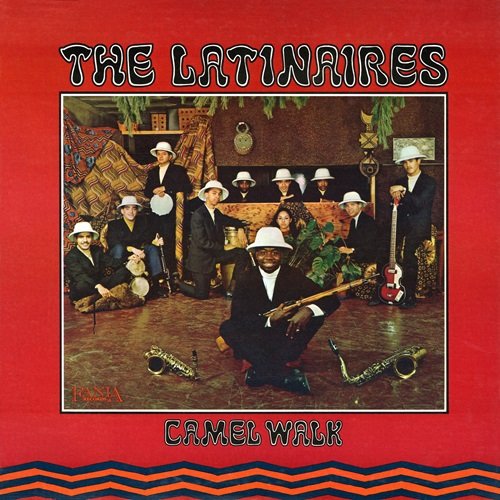
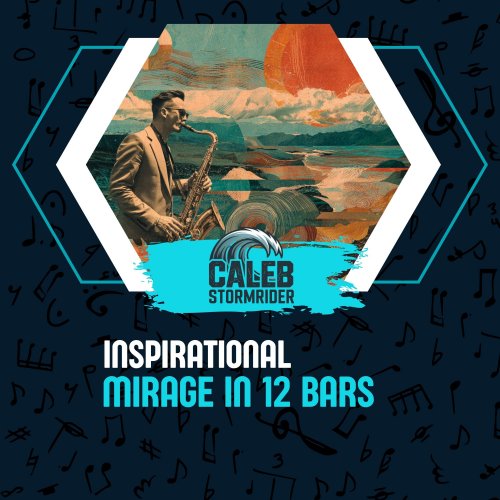
![Sarathy Korwar - There Is Beauty, There Already (2025) [Hi-Res] Sarathy Korwar - There Is Beauty, There Already (2025) [Hi-Res]](https://img.israbox.com/img/2025-11/06/v29b9r61ejx4j6jivn9pk6xhr.jpg)
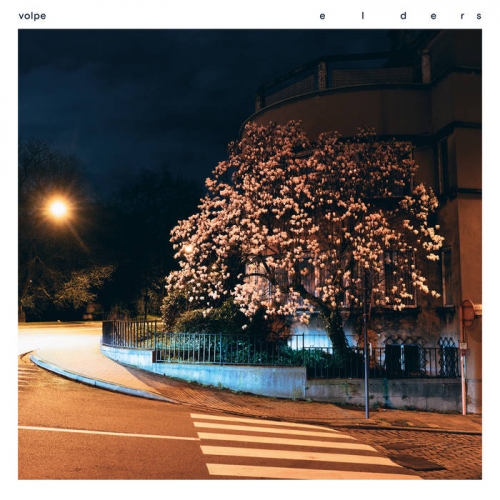
![VA - HDTracks 2025 Hi-Res Sampler (2025) [Hi-Res] VA - HDTracks 2025 Hi-Res Sampler (2025) [Hi-Res]](https://www.dibpic.com/uploads/posts/2025-11/1762587557_hdtracks-2025-hi-res-sampler.jpg)
![Alex Cuba - Índole (2025) [Hi-Res] Alex Cuba - Índole (2025) [Hi-Res]](https://img.israbox.com/img/2025-11/06/beq02wut0uo3o92bzfc6uiwvs.jpg)
